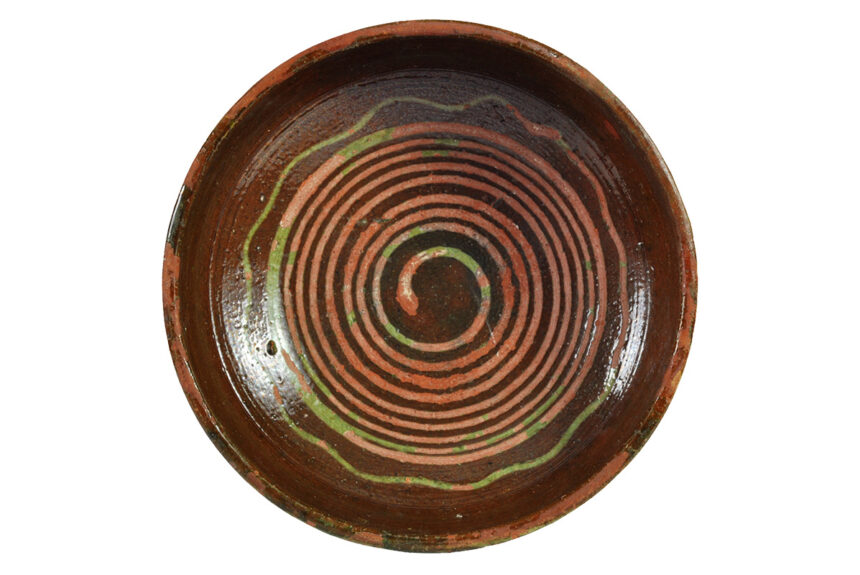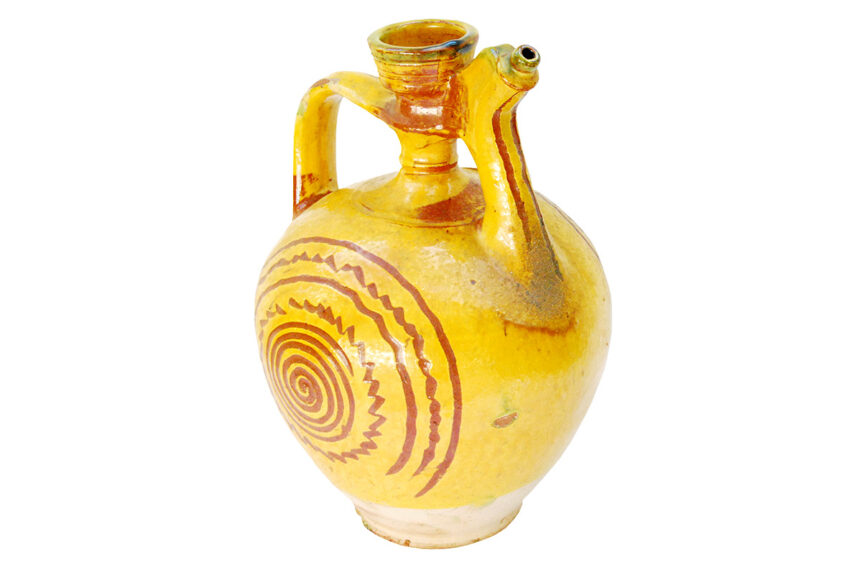Collection of economy
It consists of sub-collections: agriculture, animal husbandry, viticulture, fruit growing, beekeeping, hunting and fishing, traffic, mining and crafts. The craft collection includes objects of all crafts, master letters, tools, books, documentation. Each craft represents a special sub-collection named after it. In addition to traditional, modern crafts and traditional and modern service activities are also included (eg. catering, beautician…). This collection includes collections of trade and additional business – traditional and modern forms (extinguishing and production of lime, collection of medicinal herbs, mushrooms, feathers, silkworm, kiridžiluk, charcoal production, basketry, broom making, carpentry, mills, rolling mills, spa and rural tourism…).
Crafts are an important part of the Ethnological Collection. In addition to agriculture, animal husbandry and viticulture, crafts are an important economic factor for Leskovac and its region, and therefore it has been paid a great attention. After the liberation from the Turks in the 19th century, Leskovac was the second most populous city in Serbia. In that period, it was also a famous craft centre of this area, with 62 different crafts in it. The collection of objects used in various crafts is one of the richest in the National Museum.


